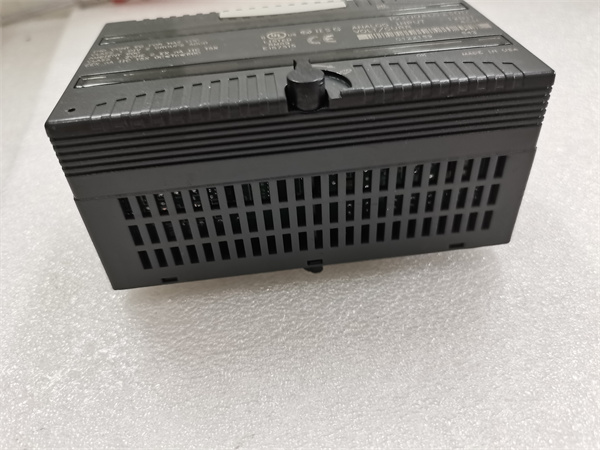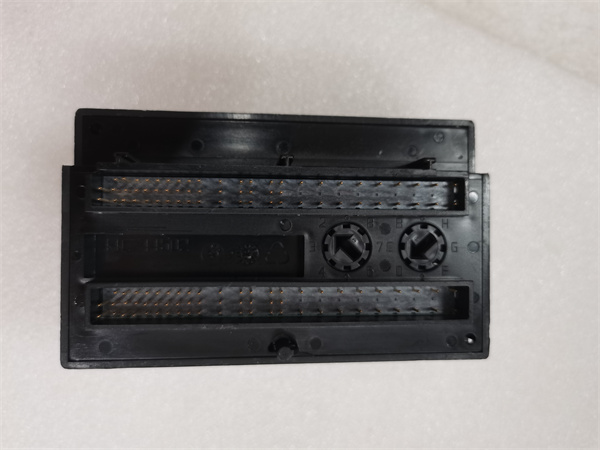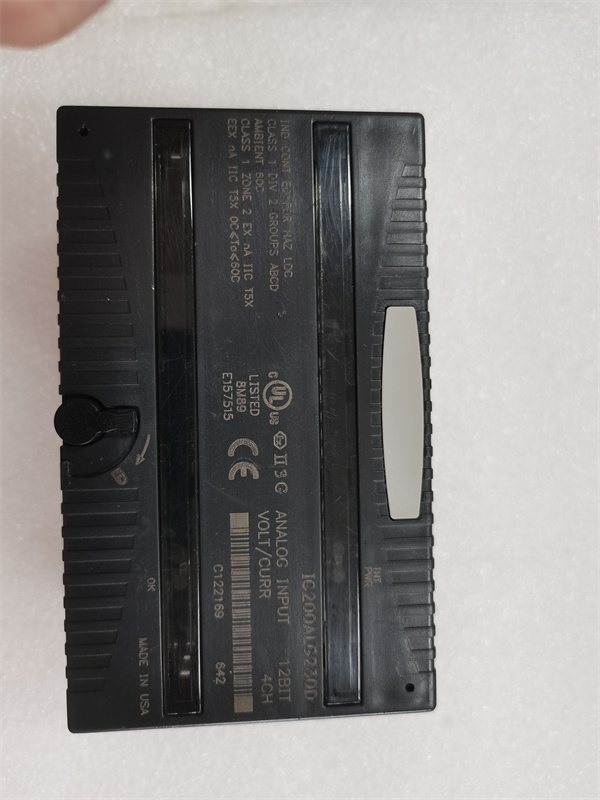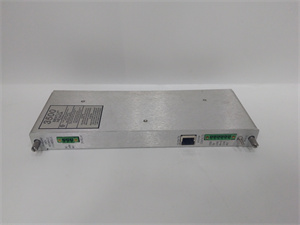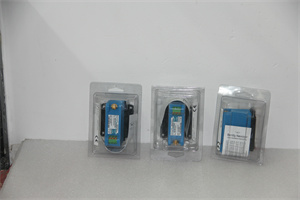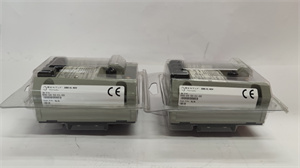Description
IC200ALG260
The IC200ALG260 is a high – performance analog input module designed for use in industrial automation systems. It is an essential component within the [brand] PLC product line, offering reliable and accurate signal processing capabilities.
1. Product Description
The IC200ALG260 is engineered to convert analog signals from various industrial sensors into digital signals that are compatible with the host PLC. It features multiple analog input channels, allowing for the simultaneous monitoring of multiple physical variables. This module is known for its excellent signal conditioning and conversion accuracy, ensuring that the digital representation of the analog signals closely matches the real – world values. The IC200ALG260 is designed to operate in harsh industrial environments, providing stable and consistent performance over an extended period. With its advanced functionality, the IC200ALG260 plays a vital role in enhancing the overall control and monitoring capabilities of industrial automation systems.
2. Product Parameters
- Input Voltage Ranges: 0 – 5V DC, 0 – 10V DC, ±5V DC, ±10V DC
- Input Current Ranges: 0 – 20mA, 4 – 20mA
- Resolution: 16 – bit
- Number of Channels: 4
- Interface Type: Proprietary bus interface for [brand] PLCs
- Compatibility: Compatible with [brand] IC200 series PLCs
IC200ALG260
3. Advantages and Features
- High – resolution conversion: The 16 – bit resolution offers a high level of accuracy, with a resolution of 1 part in 65,536. This enables precise measurement of analog signals, which is crucial for applications that require tight control and monitoring, such as in the semiconductor manufacturing industry, where the IC200ALG260 can accurately measure the voltage and current of various process equipment to ensure the quality of the manufacturing process.
- Wide input range: The module supports a variety of input voltage and current ranges, making it suitable for connecting to different types of sensors without the need for additional signal conditioning circuitry in most cases. This simplifies the system design and reduces costs.
- Channel isolation: Each input channel is isolated, which helps to prevent electrical interference between channels and improves the overall signal quality. In a chemical plant, for example, where there are many different types of sensors and a complex electromagnetic environment, the isolated channels of the IC200ALG260 ensure that the measured signals are accurate and reliable.
4. Application Areas and Application Cases
- The IC200ALG260 is widely used in the oil and gas industry for monitoring and controlling various process parameters. In an oil refinery, it is used to measure the temperature, pressure, and flow rate of crude oil and refined products. By accurately measuring these parameters and providing feedback to the control system, the IC200ALG260 helps to optimize the refining process, improve energy efficiency, and ensure the safety and quality of the production.
- It is also used in the power generation industry. In a thermal power plant, the IC200ALG260 measures the steam pressure, temperature, and flow rate, as well as the fuel level and quality. This information is used to control the operation of the turbine – generator set and ensure the stable and efficient generation of electricity.
5. Competitor Comparison
Compared to other similar analog input modules, the IC200ALG260 offers superior resolution and a wider range of input options. Its channel isolation technology provides better signal integrity in noisy environments. These features make it a more suitable choice for applications that require high – accuracy measurement and reliable signal processing, such as in high – precision manufacturing and critical process control.
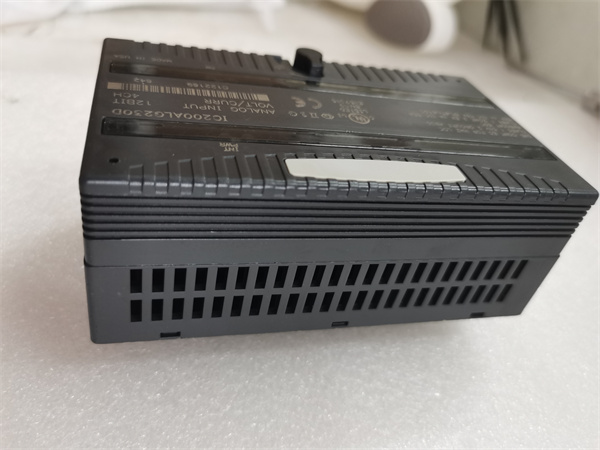
IC200ALG260
6. Selection Recommendations
- When selecting the IC200ALG260, consider the specific requirements of your application. Determine the number of analog input channels needed and the types of sensors you will be using. Make sure that the input voltage and current ranges of the module are compatible with the output signals of your sensors. Also, consider the installation environment and ensure that the module can operate reliably in the given conditions.
- If your application requires high – accuracy measurement and a wide range of input options, the IC200ALG260 is an excellent choice. While it may have a slightly higher cost than some basic – level analog input modules, its advanced features and performance can provide significant benefits in terms of system efficiency and reliability in the long run.
7. Precautions
- During installation, follow the manufacturer’s instructions carefully to ensure proper connection and grounding of the IC200ALG260. Avoid installing the module in areas with high temperatures, humidity, or strong electromagnetic interference.
- Regularly check the module’s operating status and the input signals to ensure accurate measurement. Perform calibration as recommended by the manufacturer to maintain the module’s performance over time.

